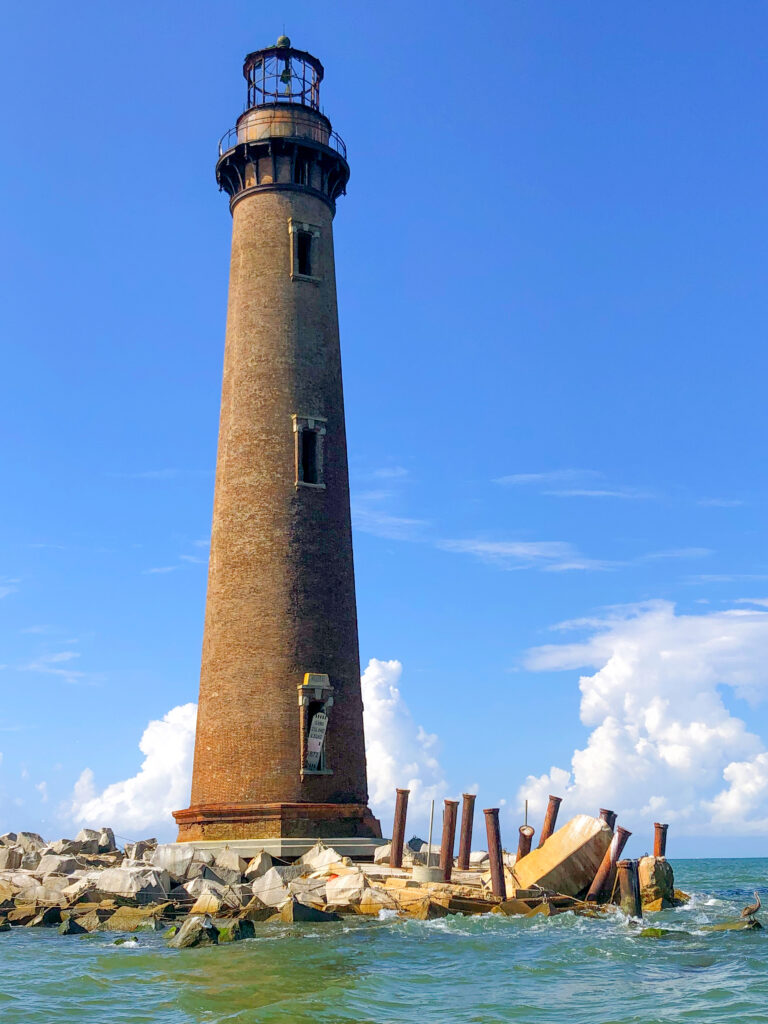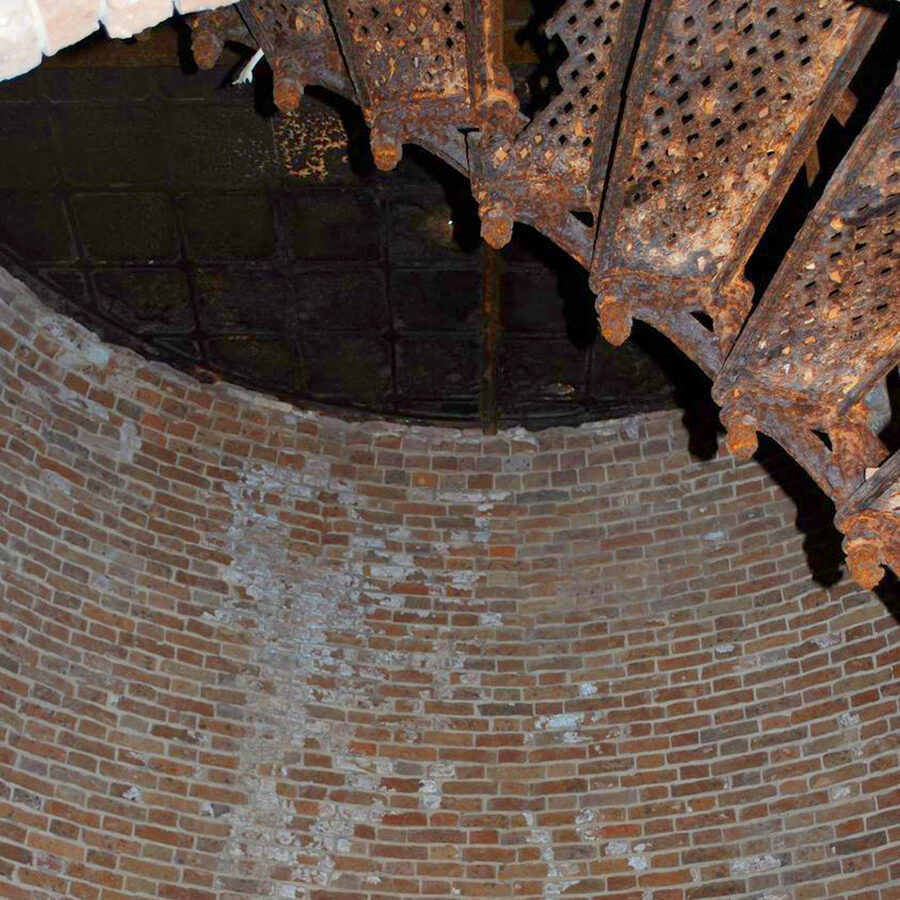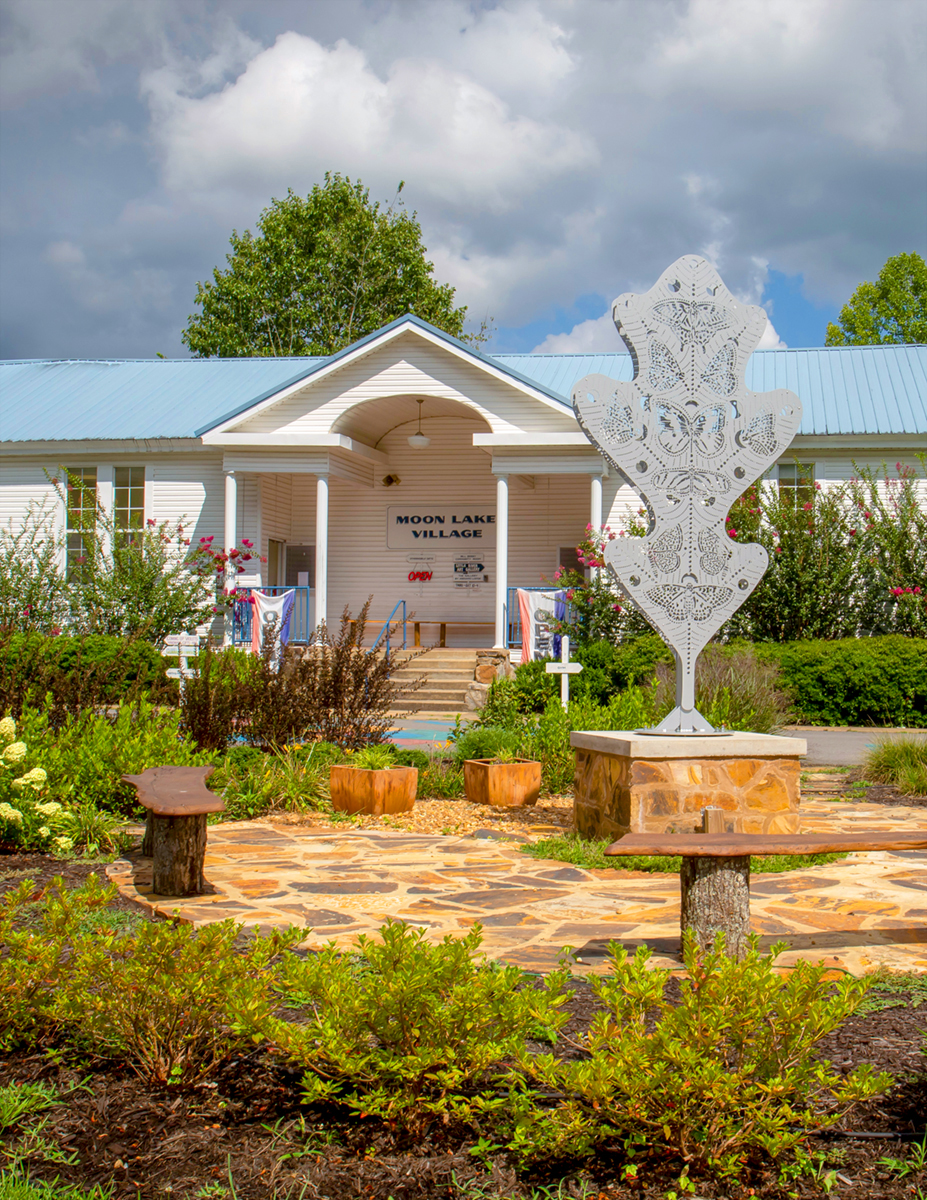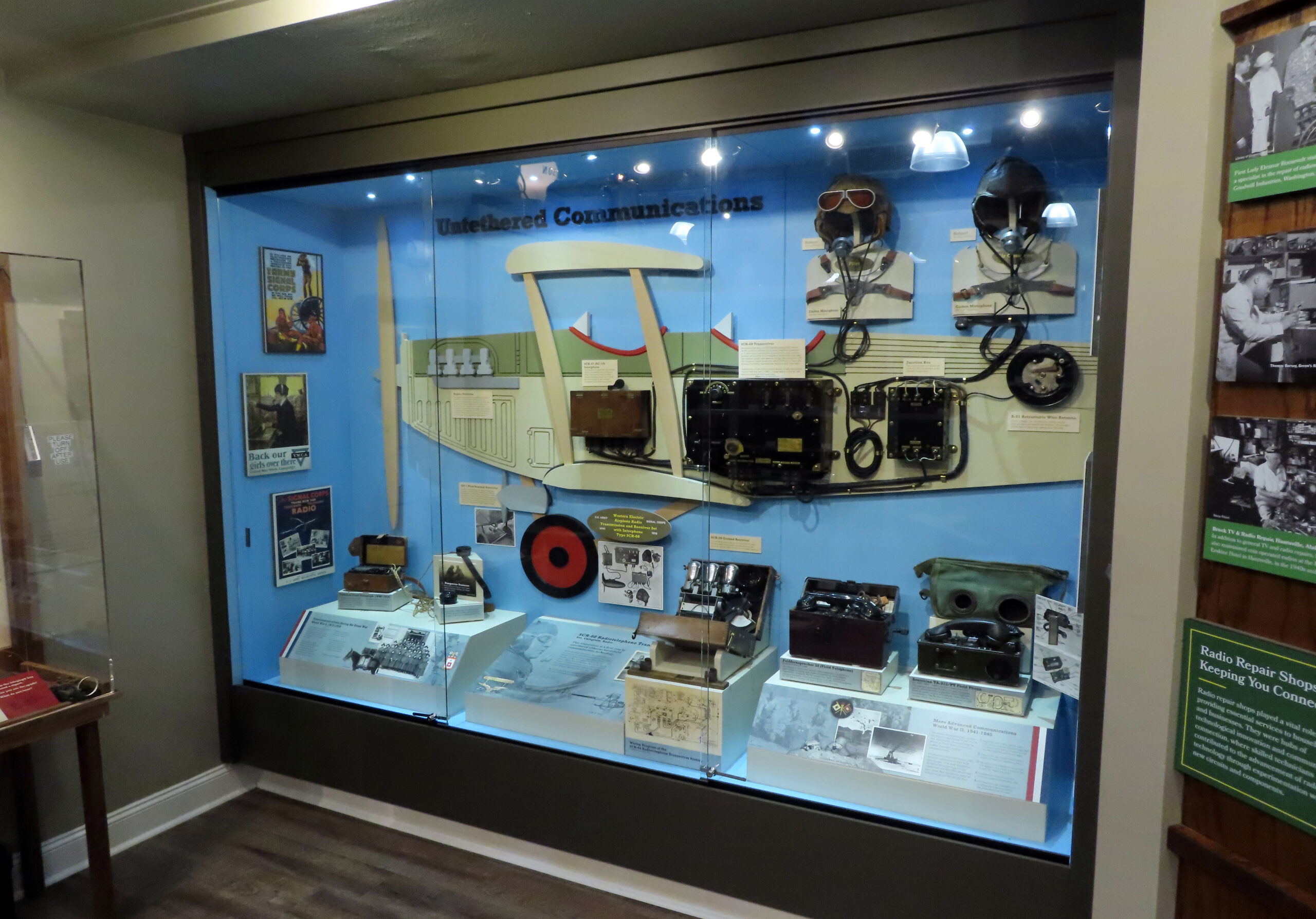A Victim of Time, Weather, Erosion
By Emmett Burnett

With binoculars focused on a tiny plot of sand off the coast of Dauphin Island, a lighthouse comes into focus. Even from three miles away, one can see the changes. Sand Island is hardly an island and its lighthouse needs help.
Twelve years ago I visited South Alabama’s beloved lighthouse. I climbed in its window and beheld with wonder the century old iron spiral stairs that led to the top of the 131-foot-tall tower.
You can’t do that anymore as the lighthouse is sealed off. The island which once was 400 acres is now a small rock pile on which the massive brownstone brick cone stands.
The Sand Island Lighthouse is a victim of time, weather, and erosion. Yet it is still beautiful. “Lighthouse enthusiasts from all over the country come here to visit,” notes Dauphin Island Mayor, Jeff Collier. “Sand Island has a big following.”
In 2023, the U.S. Department of Interior donated the tiny spot on the Gulf of Mexico to Dauphin Island. “The federal government handed it to us in hopes we could take action to preserve it,”
recalls Collier.
“We made improvements, but the lighthouse has been hit by countless powerful storms over the years. There are challenges in restoring and protecting it,” he adds.
Attempts at saving Sand Island are nothing new. It has been revised, preserved, and even replaced over centuries.
“Most people do not know this is Sand Island’s third lighthouse,” says Peter Tanner, president of the Alabama Lighthouse Association and Dauphin Island resident. All three were built during the 1800s.
Pointing at the giant brownstone cylinder in the sea, he notes, “The first one was only 55 feet tall and unable to provide the light needed.”
Lighthouse 1 was dismantled and a new one was built. “But it was overkill,” Tanner adds, about the second attempt, which at nearly 200 feet was the tallest lighthouse ever built on the Gulf Coast. It was also a haven for Union soldier spies.
There are two theories on how Tower 2 met its demise and stopped Union snoops. One account notes that on Feb. 23, 1863, Confederate John W. Glenn rowed out to the lighthouse and placed 70 pounds of gunpower under the tower. He lit a fuse and ran for his life, followed by an explosion of seaside bricks.
The other account holds that soldiers of nearby Fort Morgan opened fire on Sand Island, destroying the tower. Regardless of how it fell, the action made room for the third and final lighthouse.
Finally, Lighthouse 3 was completed and stands today. Its base is 28 feet in diameter and 6 feet thick.
“When you consider what this lighthouse has endured and it still stands is amazing,” Tanner adds. “The craftsmanship is unbelievable.” He continues, “take the iron spiral stairway, which was only seen by the lighthouse keeper and his wife. Yet the metal work is so detailed and beautiful. There was no heavy construction machinery back then. These bricks were hand laid. I don’t see how they did it.”
Beside the great conical masterpiece was the Keeper’s House. The two-story dwelling was home to the lighthouse keeper and his wife, or an assistant. In 1908 two keepers manned the beacon during a hurricane that killed 150 people in Mobile and two on Sand Island. Presumed drowned at sea, Sand Island Lighthouse Keeper Andrew Hansen and wife Emma were never seen again.
Sand Island’s lighthouse was deactivated in 1933.
On Sept. 26, 1973, the abandoned keeper’s house burned to the ground.

Still a beacon for those who want to preserve it
Today, the lighthouse lives in perilous times pelted with saltwater. Originally, Sand Island was 400 acres, big enough for the keepers to raise crops and tend cows.
When I walked on it in 2012, the island was about the size of a football field.
“I have been on this island and in the lighthouse many times over the years,” adds Tanner. “Many of us have tried to make repairs. Some success has been done in slowing down the deterioration but more needs to be done.”
In 2011, funded by a B.P. Oil Spill $6 million grant, administered by the U.S. Corps of Engineers, tons of sand was pumped around the lighthouse making a new island. Today that sand is gone. The tower stands among rocks in 20 feet
of water.
As we stand on Dauphin Island gazing out at Sand Island, Tanner explains what I see. My vision is through binoculars. His is from real world experience.
“Since the 1970s I’ve noticed hairline cracks running down the east and west side of the lighthouse,” he notes, nodding to the mammoth cone protruding on the Gulf’s horizon. “Those cracks are growing, longer and wider.”
He added that many of the stairway’s iron planks are missing and most of the roof has been blown off.
Tanner continues, “People often ask me, ‘what is the future for Sand Island and the lighthouse?’ I tell them, that is up to Mother Nature and time. Nothing manmade can stop those swift currents and storms, which may eventually take the tower down.”
In addition to the Corps of Engineers, others have worked on island restoration including volunteer groups and the City of Dauphin Island. “After one of the hurricanes, we made an effort around the lighthouse’s base, securing rocks tied with cables and mesh to hold it in place,” recalls Mayor Collier.
He sees two possibilities for saving the historical icon. “One idea is to restore it in place,” he says, “But that would be difficult and expensive, as you are out there working over deep water and rough surf. Hauling equipment to that type of environment is not cheap.”
The other plan is to dismantle the tower, at least part of it, in sections, and reassemble it on Dauphin Island. Unfortunately, as Collier states, there is little or no money available to fund those ideas.
Centuries earlier the conical fortress was a beacon over troubled waters. Regardless of its future, the Sand Island Lighthouse is still a beacon for those who love it and hope to preserve it.




